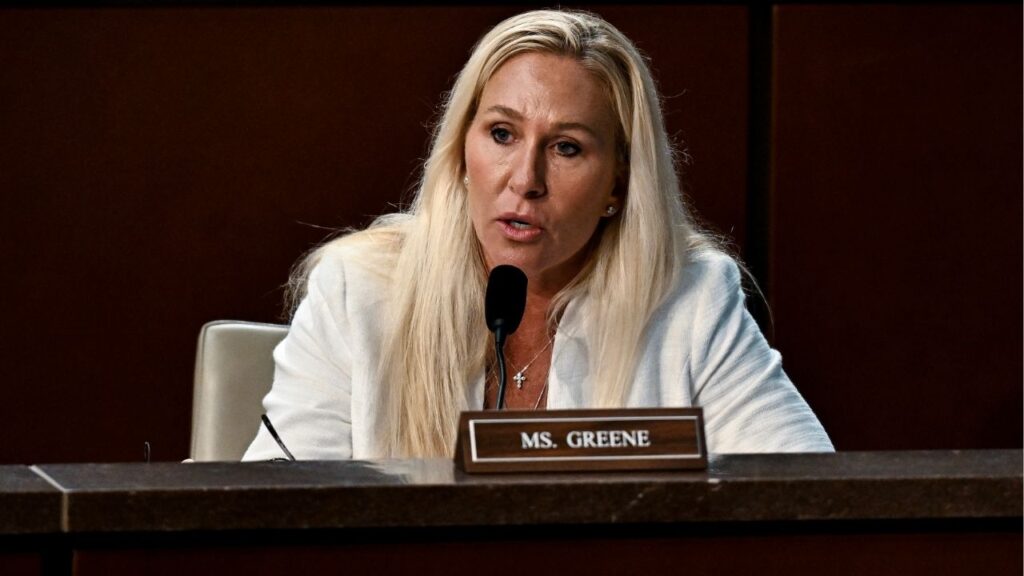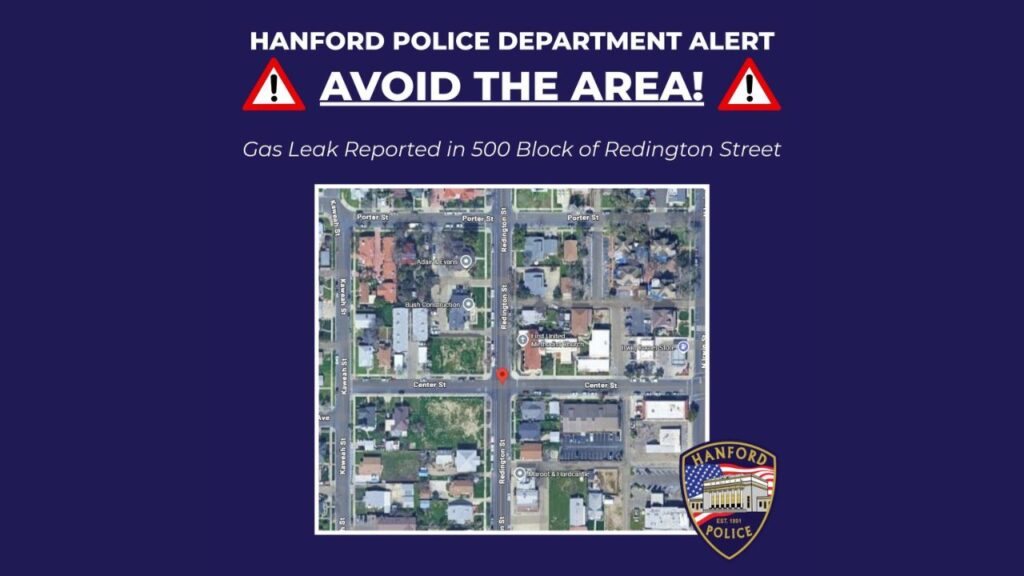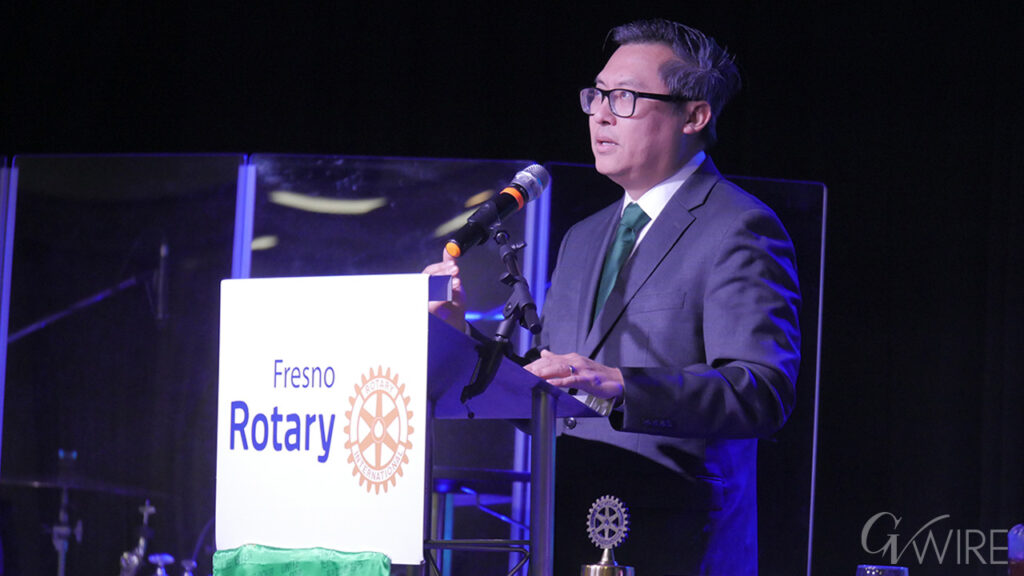Share
The more or less official rationale offered by the state’s Democratic politicians for moving our presidential primary election to March 3 was that the nation’s most populous and diverse state should play a major role in choosing a challenger to President Donald Trump and compel candidates to pay attention to our issues.
They implied that making the state relevant in presidential politics was worth forcing earlier-than-usual decisions on down-ballot issues, including contests for 153 legislative and congressional seats, countless local government offices and hundreds of state and local ballot measures.

Dan Walters
Opinion
Moreover, it was believed, if California Sen. Kamala Harris could shine in the early rounds of caucuses and primaries, her home state could give her presidential ambitions a very big boost.
So how’s all of that working out? Not particularly well.
California Virtually Blocked From Having Big Impact
Harris was briefly the Democratic flavor of the week but wound up as an early dropout. Other candidates have swooped into the state periodically, mostly to raise money. But in their rare public appearances, they rarely make special efforts to respond to California issues.
Michael Bloomberg, the uber-wealthy former mayor of New York City, is a late bloomer and has ignored other states while spending heavily in hopes of making a big splash in California. He’s garnered many endorsements but the latest tracking poll by data guru Paul Mitchell for Capitol Weekly has him with only an outside chance of winning any delegates.
Fellow billionaire Tom Steyer, a Californian, is barely registering at all.
Vermont Sen. Bernie Sanders and former South Bend Mayor Pete Buttigieg topped the first two contests in Iowa and New Hampshire and Mitchell’s polling in early February confirmed that they are leading the pack in California. Former Vice President Joe Biden, an early leader in California, and Massachusetts Sen. Elizabeth Warren are fading here as they have nationally.
In other words, California is not standing out as an arena for changing the patterns developing elsewhere. Our March 3 primary will be only one of 16 on that day, which has been dubbed Super Tuesday, and our drawn-out voting system virtually blocks the state from having a big impact.
Most Voting Is by Mail and It’s Already Underway
We really don’t have an election day but rather an election month ending on March 3. Most voting is by mail and it’s already underway. And as mail voting was beginning, the state Legislature changed the rules to allow more “no party preference” voters to cast ballots for one of the Democratic candidates.
We won’t know definitely who won what until early April because of the state’s laborious system of deciding which ballots are legitimately to be counted and because the Democratic Party awards delegates both by congressional district and statewide, with minimum vote thresholds of 15% for candidates to win anything anywhere.
Chances are very high that by the time California actually reports its results in April and divvies up its delegates, outcomes in other Super Tuesday states, as well as the Nevada caucuses and South Carolina primary later this month will have pretty much settled who has a commanding lead.
The net impact of moving California’s primary from June to March may not be how it affects presidential politics but how an eight-month gap between primary and general elections affects choices for legislative, congressional and local government offices.
CalMatters is a public interest journalism venture committed to explaining how California’s state Capitol works and why it matters. For more stories by Dan Walters, go to calmatters.org/commentary.
[activecampaign form=31]



















